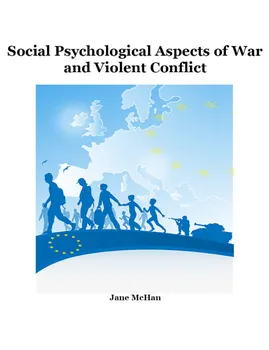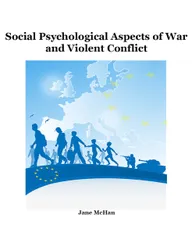The consequences to humans, animals, and to the environment of war and violent conflict provide a compelling rationale to better understand the causes and prevention of death, injury, economic, psychological, and environmental damages due to war. It is interesting, for example, to note that the United Nations designated 2001—2010 as the “decade for a culture of peace and nonviolence for the children of the world.” Was there less harmful aggression in the world during that decade? For certain, war and conflict continued with all of its’ associated trauma. Steven Pinker at Harvard has theorized that there is less aggression in the world than in previous centuries (Pinker, 2011). Pinker uses 100 graphs to compare the incidence of various categories of violence. If that is true it is good, but not good enough. There still remains an urgent need to prevent and settle conflicts.

Read and listen free for 30 days
Cancel anytime
Try 30 days free